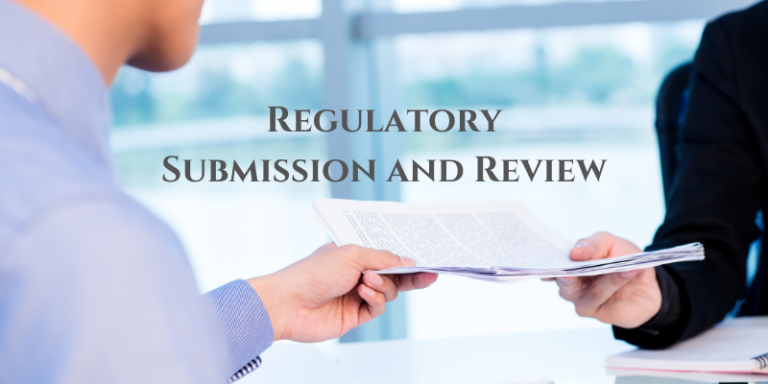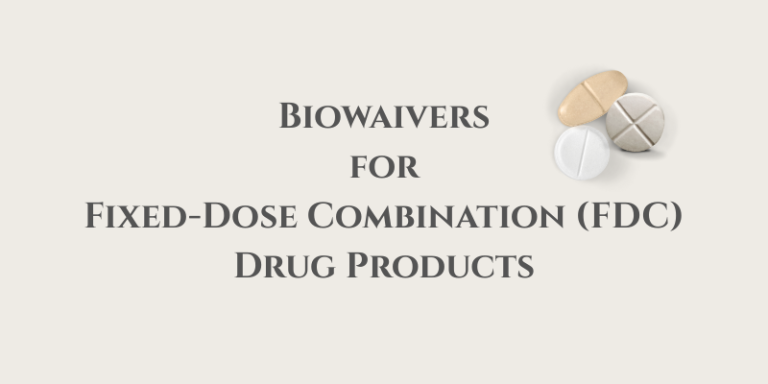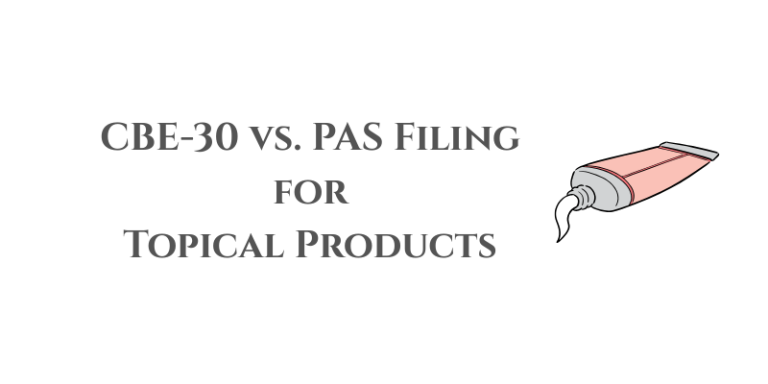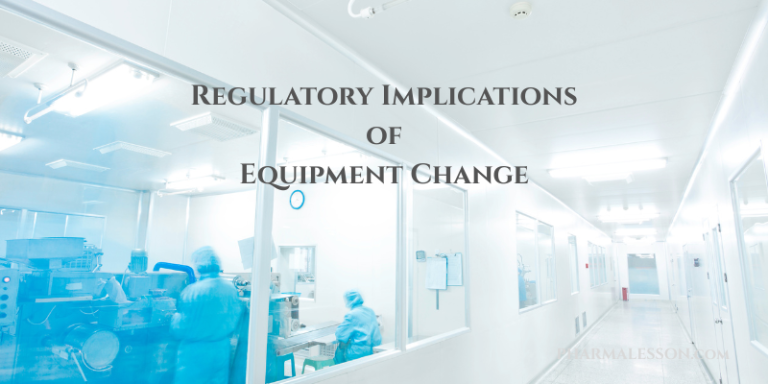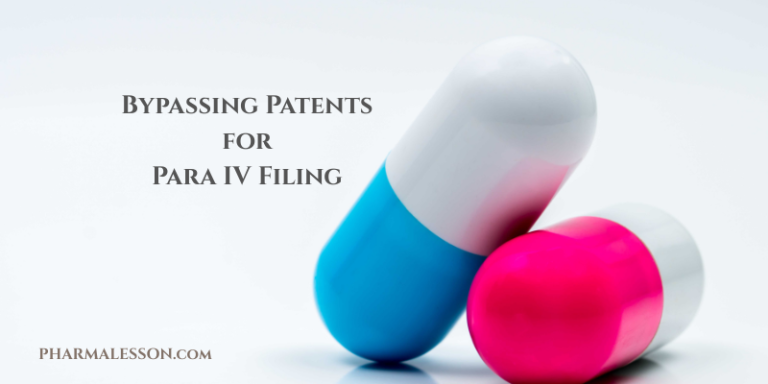Purpose of Regulatory Submission and Review
The purpose of regulatory submission and review is to obtain approval from regulatory authorities for the marketing and sale of pharmaceutical products. Regulatory submission refers to the process of preparing and submitting comprehensive documentation to regulatory authorities that provides evidence of the safety, efficacy, and quality of the product. The regulatory review process…

